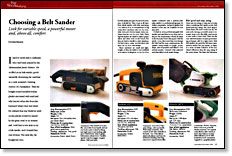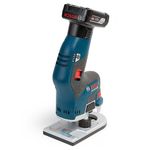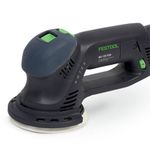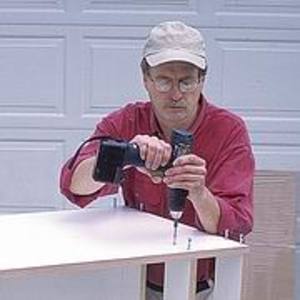Choosing a Belt Sander
Look for variable speed, a powerful motor and, above all, comfort
Synopsis: Sven Hanson persuaded a James Krenov fan to try his belt sander, and the next day, the man bought his own. If a belt sander isn’t part of your tool inventory, Hanson explains why it should be. He talks about the sizes they come in and what tasks the various types do well. Then he looks at seven professional-grade belt sanders to see what mattered and what didn’t. He compares their price, motor axis, weight, amps, belt speed, platen size and construction, ease of belt installation, tracking adjustment, noise level, and accessories, and offers comments on each. Then he explains which of those features matter most. He shows how to tune a platen to get it flat and advises you choose a tool that feels good in your hands. He assesses fancy features, such as vacuum attachments, and shares his recommendations on what to buy.
I used to work with a craftsman who had been trained by the cabinetmaker James Krenov. He scoffed at my belt sander, goodnaturedly dismissing the machine as a rank amateur’s cheating version of a handplane. Then he bought some beautiful walnut planks encrusted with mud and who knows what else from the barnyard where they had dried. He realized that any blade he used on the planks would be ruined by the gritty mud or an unseen nail. I told him it was time to try a belt sander, and I loaned him one of mine. The next day, he bought his own.
If a belt sander isn’t part of your tool inventory, it should be. They come in all sizes, from detail sanders with belts measuring 1 in. wide by 21 in. in circumference to big worm-drive machines with 4-in. by 24-in. belts. Most pros choose simple, heavy machines that use 4-in. by 24-in. belts. These big belt sanders are ideal for surface preparation and other work on the bench, but they are hard to handle in other situations. For that reason, many woodworkers also have 3-in. by 21-in. belt sanders.
These machines are small and lightweight, so they are easier to use overhead or in narrow workspaces. A 3-in. by 21-in sander combined with a random-orbit palm sander is a professional tag team for surface preparation. And good-quality belt sanders in this size are available for less than $200.
I looked at seven professional-grade belt sanders and used them in my shop and on the job. The characteristics of each are listed in the summary boxes that appear with this article. I soon discovered that even though the belts had the same measurements, the sanders varied widely in weight, power, shape, ease of operation and balance. Over several months, I learned what mattered and what didn’t in belt sander design.
Belt speed and amp rating
There are two things to take into account when considering belt sander power: belt speed and amp rating. The more amps a motor draws, the more work it can do. For most tools, having a powerful motor is essential. Some tools, like drills, need power to turn under a heavy load. That’s not the case with belt sanders, because good sanding technique calls for a light touch. With belt sanders, the speed the belt turns (measured in surface feet per minute, or sfpm) is a more accurate indicator of the machine’s efficiency than the amp rating of the motor alone. The faster the belt turns, the more aggressively the machine sands.
From Fine Woodworking #121
For the full article, download the PDF below:
Fine Woodworking Recommended Products

Bosch 12V Trim Router

Festool Rotex FEQ-Plus Random Orbital Sander

Craftsman Random Orbit Sander























Log in or create an account to post a comment.
Sign up Log in